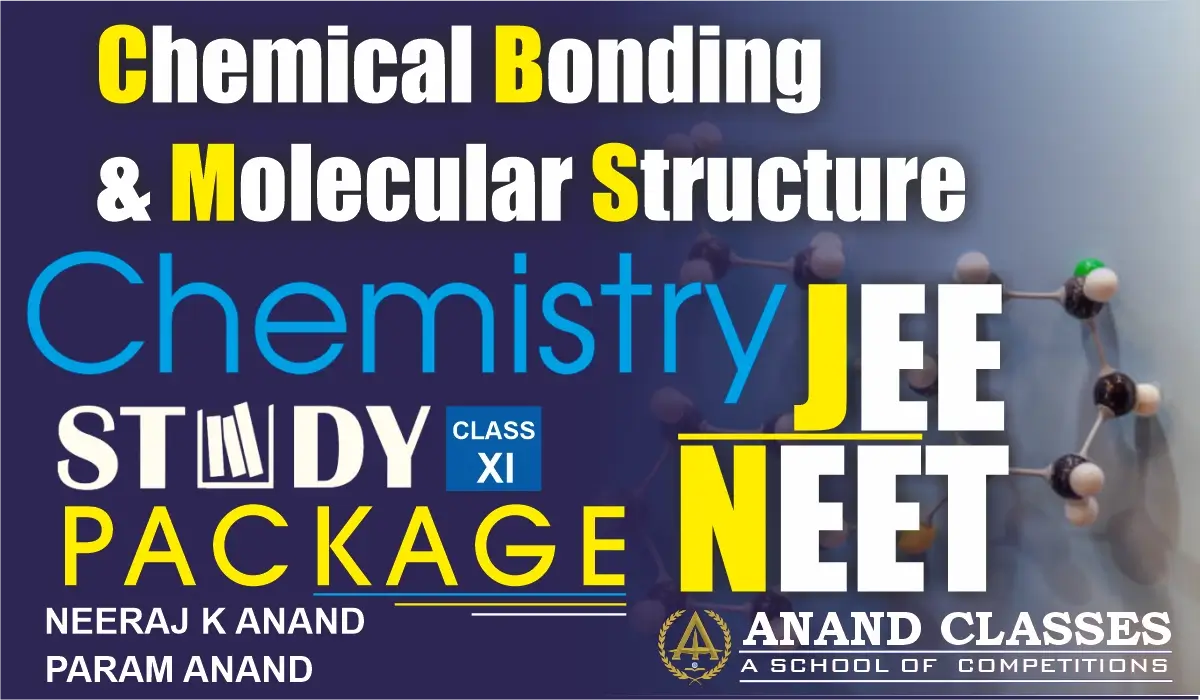Why Ice (less dense) floats over Water and Density of Water is maximum at 4°C
Anand Classes explains why ice, being less dense, floats over water and why the density of water is maximum at 4°C, based on the concept of hydrogen bonding and molecular arrangement. Students will learn how the open hexagonal structure of ice formed by extensive hydrogen bonding makes it less dense than liquid water. The lesson also covers how, upon cooling, the density of water first increases and then decreases after 4°C, making 4°C the temperature of maximum density. This topic is essential for understanding anomalous behavior of water in Class 11, Class 12, JEE, and NEET Chemistry, and is supported with diagrams, solved examples, MCQs, Q&A, Assertion Reason, and Case Study questions. Click the print button to download study material and notes.


